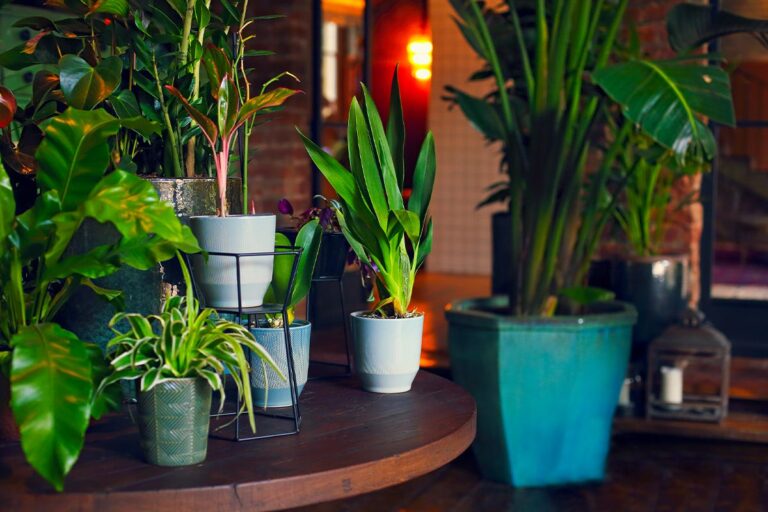Growing your own citrus fruits at home can be a rewarding experience. Not only do you get to enjoy the delicious taste of fresh, homegrown fruit, but you also get to appreciate the beauty of these vibrant trees. However, growing citrus trees requires specific care and attention. In this guide, we’ll delve into the basics of citrus tree care, from selecting the right variety to troubleshooting common problems.
The first step to successful citrus gardening is selecting the right variety. Consider your climate, available space, and your personal preferences. Here are a few popular citrus varieties:
Citrus trees thrive in full sun. They require at least 6-8 hours of direct sunlight per day. In colder climates, you may need to bring your citrus tree indoors during the winter months.
Citrus trees prefer warm temperatures, ideally between 65-85°F (18-30°C). They can tolerate some fluctuations in temperature, but prolonged exposure to cold temperatures can damage the tree.
Proper watering is crucial for healthy citrus trees. Water your citrus tree deeply and infrequently, allowing the soil to dry out slightly between waterings. Overwatering can lead to root rot.
During the winter months, reduce watering frequency as the tree goes dormant.
Citrus trees are heavy feeders. Fertilize your citrus tree every 2-3 months during the growing season (spring and summer) with a balanced, citrus-specific fertilizer. Avoid fertilizing during the winter months.
Pruning your citrus tree helps to maintain its shape, encourage fruit production, and remove dead or diseased branches. Prune your tree in late winter or early spring before new growth emerges.
Citrus trees are susceptible to a variety of pests and diseases, including:
To control pests and diseases, inspect your tree regularly for signs of infestation. You can use insecticidal soap or neem oil to treat mild infestations. For more severe infestations, consult a local nursery or agricultural extension office.
By following these tips, you can successfully grow citrus trees at home. With proper care and attention, you’ll be rewarded with delicious, homegrown fruit.








Your Garden, Our Passion. We’re dedicated to providing you with the highest quality plants and expert advice to transform your space into a vibrant oasis.
© 2025 PLeasent View Nursery Inc. All rights reserved. Privacy Policy | Terms & Conditions